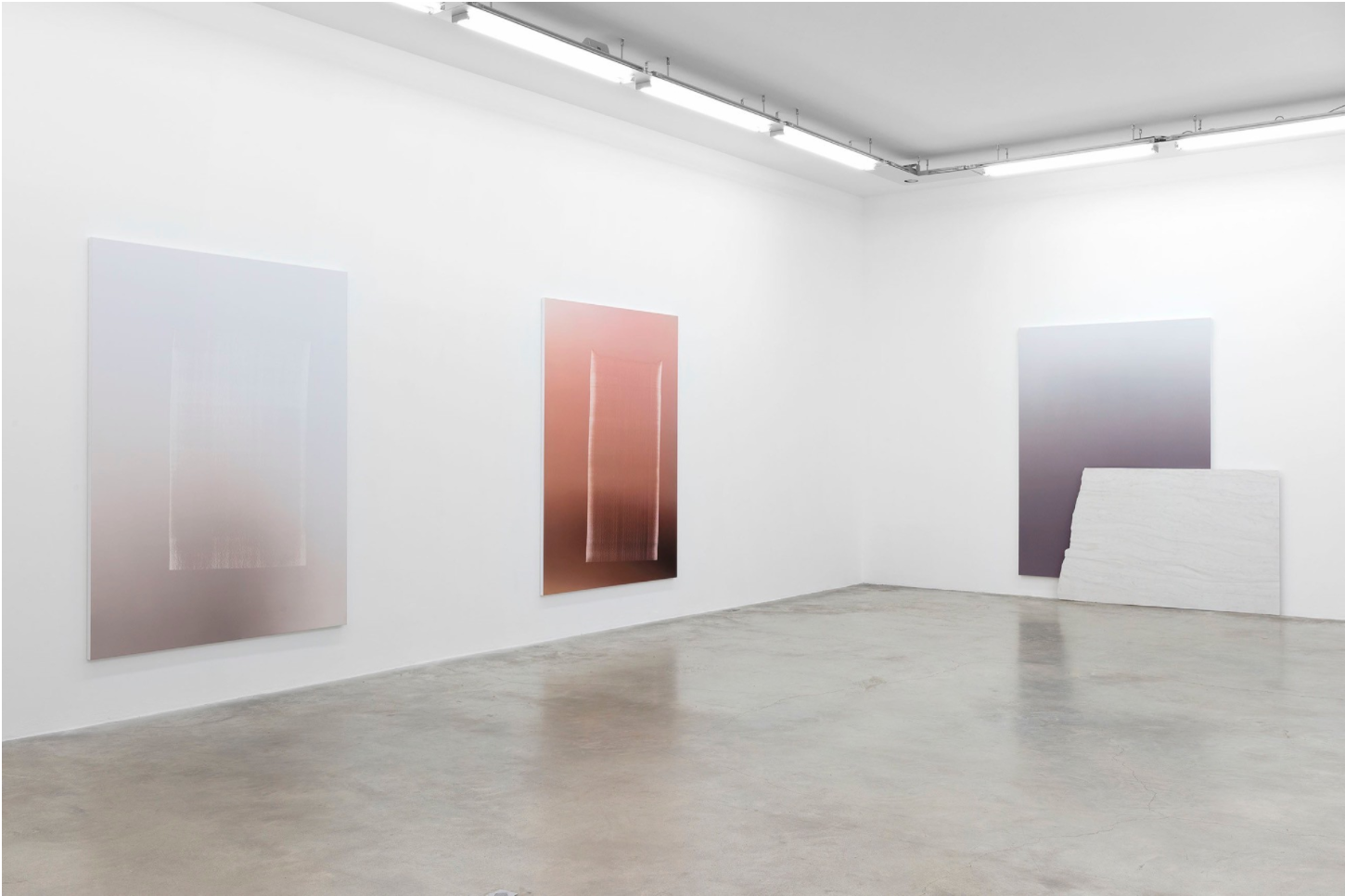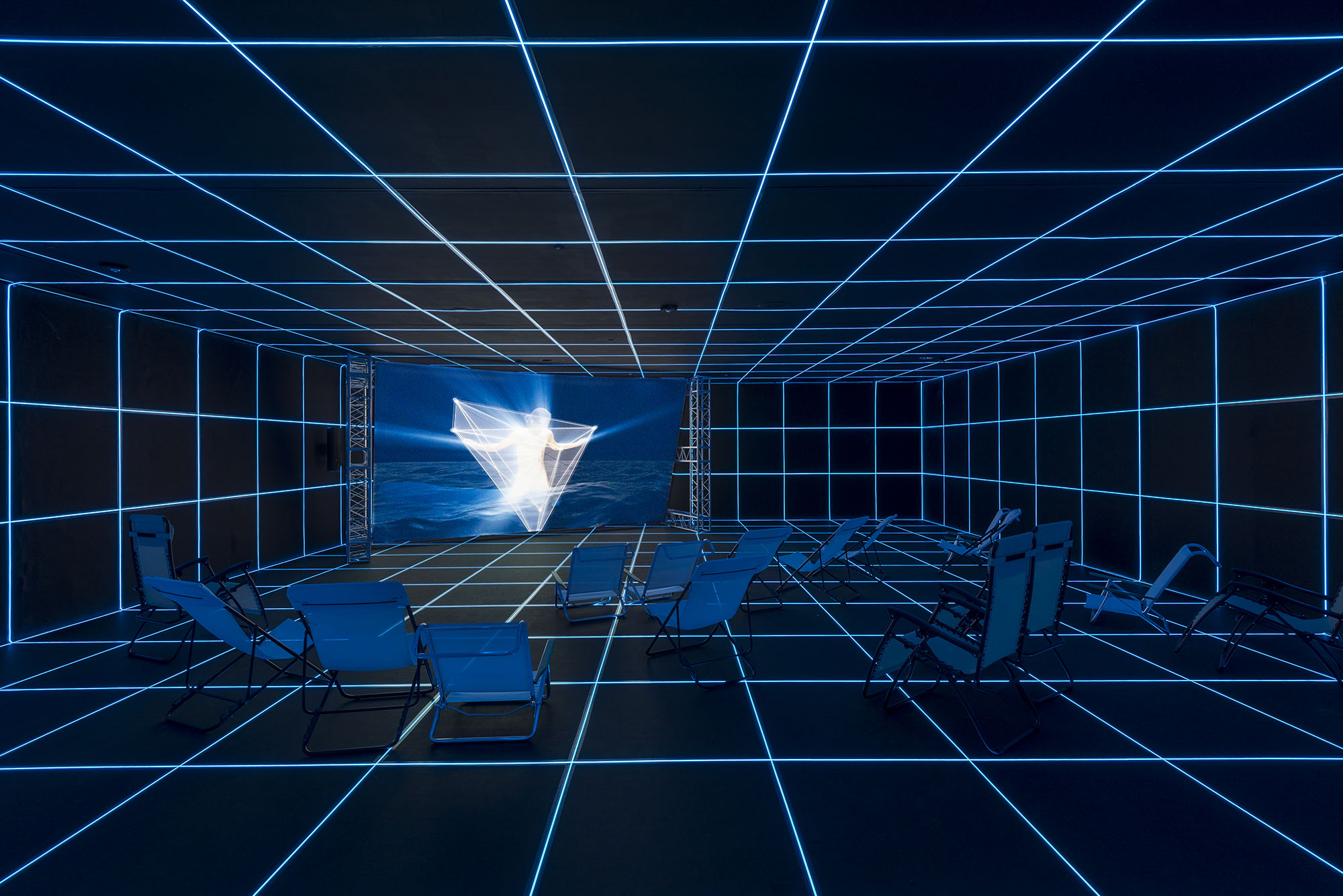Pieter Vermeersch: Gazing into Numeric Territories
The numeric world offers an expanded place for actions and decision-making to humans of the 21st century. Concealed behind a simple, fluid and comfortable interface, this virtual territory is the result of a research conducted by the web designers who shaped the cyberspace and takes the form of a window-constructed world.
When integrated in artworks, this reassuring layout is often represented by a mere accumulation of virtual windows, like in Camille Henrot's La Grosse Fatigue, or by an ultra-smooth and futuristic 3D world, like in Cecile B. Evans’ videos. But in the last Pieter Vermeersch’s exhibition at the Galerie Perrotin of Paris, the artist presented what could be understood as the exemplification of this idea in real space through a more traditional medium.
Once extracted from its original numeric world, the meaning and resonance of the smooth internet’s interface change automatically. We are then confronted to the static and orthogonal composition that are usually invisible when we browse the internet, since we are merged into it. By looking at these paintings, we are, in a certain way, forced to contemplate the network's hidden architecture.
The energetic vibrations coming straight out of each pieces provoke something almost transcendantal when gazing at it. The aesthetic union of the gradient's smoothness and the uncertain texture of the mineral could be interpreted as a metaphor for the duality between natural and constructed, pragmatic and sensitive; objective and subjective. Each Vermeersch painting is, in a certain way, merging the virtual and the real through one's experience in the gallery. When watching the soft aesthetic of Vermeersch pieces, our eyes wander in numeric topographies and our minds can escape into virtual territories.
Pieter Vermeersch at Galerie Perrotin, Paris
Ended on March 11, 2017
Photography Galerie Perrotin








